Table of Contents
- Introduction
- Spices vs. Herbs: What's the Difference?
- Top 10 Spices for Soup & Their Perfect Uses
- Unexpected Additions That Elevate Your Soup
- How Different Cuisines Spice Up Their Soups
- Buying Guide: What to Look For When Buying Spices
- Frequently Asked Questions
- Conclusion
Introduction
Discover the top 10 spices every soup lover needs in their pantry to transform bland broths into unforgettable meals. From cumin's earthy warmth to turmeric's golden hue, these essential ingredients create depth, complexity, and restaurant-quality flavor in any soup recipe. This 2025 guide covers precise usage tips, storage secrets, and global cuisine applications to make your soups stand out.
| Herbs | Spices |
|---|---|
| Usually fresh or dried leaves of plants | Comes from roots, bark, seeds, or flowers |
| Examples: basil, thyme, cilantro, parsley | Examples: cumin, cinnamon, black pepper, cloves |
| Better suited for longer cooking times | Used for deep, earthy, or exotic flavors |
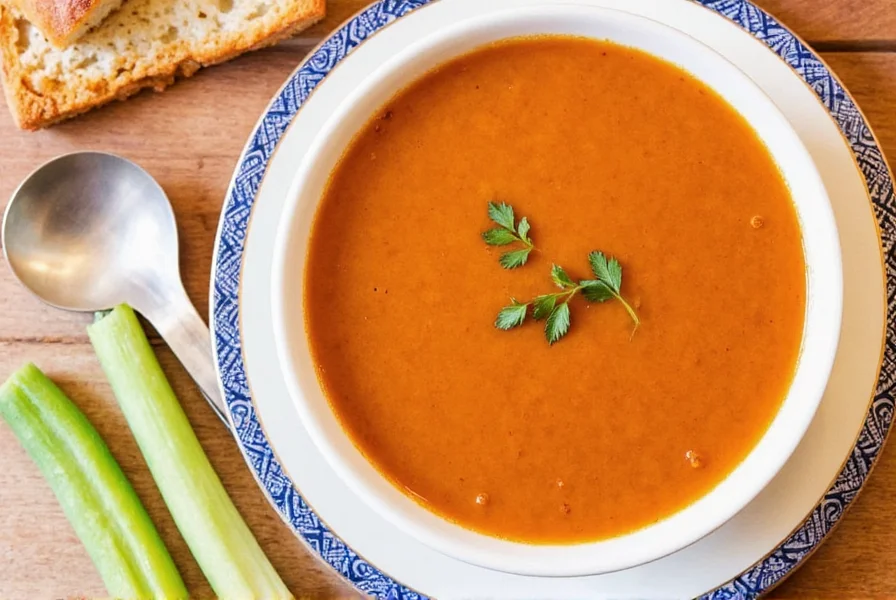
Top 10 Spices for Soup & Their Uses
These essential spices deliver maximum flavor impact with minimal effort. Here's exactly how to use them:
- Cumin – Toast whole seeds in oil first for 30 seconds to release oils, then add to tomato-based soups, lentil dishes, or chili. Use 1 tsp per quart for balanced warmth without overpowering.
- Paprika – Sweet varieties for French onion soup, smoked for Hungarian goulash. Add early in cooking to develop depth, but avoid high heat to prevent bitterness.
- Bay Leaf – Add 2-3 whole leaves to broth at start of cooking. Remove before serving. Perfect for beef stews, chicken soup, and seafood chowders.
- Turmeric – Use 1/2 tsp per quart for creamy curries or golden broths. Combine with black pepper to boost absorption of curcumin compounds.
- Fennel Seeds – Crush lightly before adding to Italian sausage soups or tomato-based dishes. Provides subtle licorice notes that enhance meaty flavors.
- Coriander – Ground coriander adds citrusy brightness to vegetable soups. Toast whole seeds for 1 minute before grinding for maximum aroma.
- Cinnamon – Use a single 3-inch stick in lentil or beef soups. Remove before serving. Perfect for Middle Eastern and Moroccan-inspired dishes.
- Garam Masala – Add 1 tsp at the end of cooking for Indian dal or chicken curry soup. Avoid high heat to preserve delicate spices.
- Smoked Paprika – Use 1/2 tsp for depth in bean soups or vegetable broths. Creates rich, smoky notes without actual smoking.
- Mustard Seeds – Toast in oil until they pop for Indian-style soups or pickled vegetable broths. Adds sharp, pungent complexity.
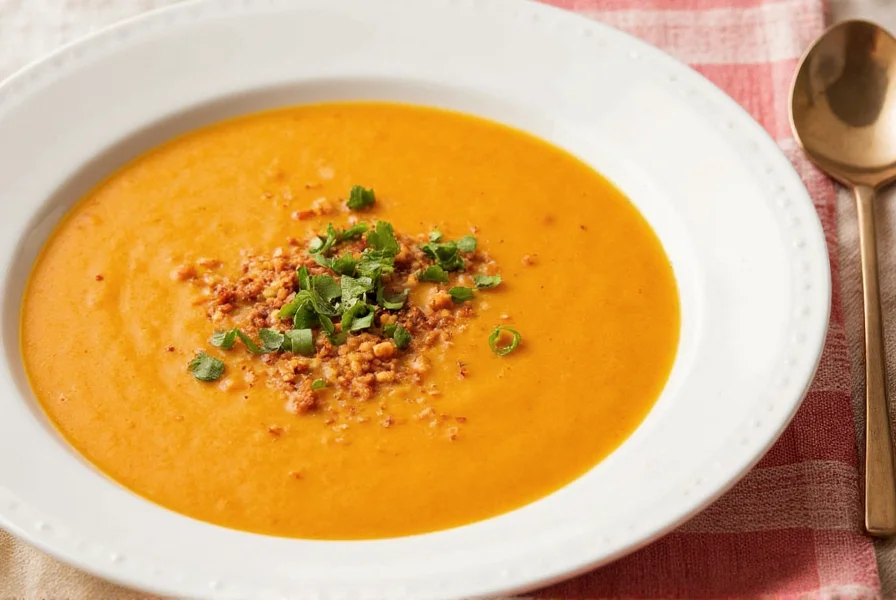
When to Add Spices for Maximum Flavor
- Whole spices (cardamom, star anise): Toast in oil before adding liquid to release essential oils.
- Dried ground spices: Add in first 10 minutes of simmering for full flavor infusion.
- Fragile herbs (dill, basil): Stir in during last 2 minutes of cooking to preserve freshness.
- Acidic elements (lemon juice, vinegar): Add at the very end to brighten flavors without cooking off.
Unexpected Additions That Elevate Your Soup
These non-traditional ingredients create professional-level complexity:
- Lemon Zest – 1 tsp grated into creamy potato or cauliflower soup for bright acidity.
- Kombu (Seaweed) – 6-inch strip simmered in vegetable broth for 20 minutes for umami depth (remove before serving).
- Fish Sauce – 1/2 tsp in pho or tomato-based soups for savory complexity without fishy taste.
- Miso Paste – Whisk 1 tbsp into hot soup at the end for salty-sweet depth (never boil miso).
- Cinnamon Stick – 1-inch piece in lentil or bean soups for warm, aromatic notes (remove before serving).
- Parmesan Rind – Simmer in tomato-based soups for rich umami flavor (remove before serving).
| Cuisine | Signature Spice Blend | Signature Soup |
|---|---|---|
| Thai | Lemongrass, galangal, kaffir lime leaves | Tom Kha Gai (coconut chicken soup) |
| Mexican | Ancho chili powder, cumin, coriander | Posole (hominy pork soup) |
| Indian | Garam masala, turmeric, mustard seeds | Tomato rasam or dal tadka |
| French | Tarragon, thyme, chervil | Consommé or onion soup |
| Middle Eastern | Sumac, za'atar, cinnamon | Lentil soup with lemon |
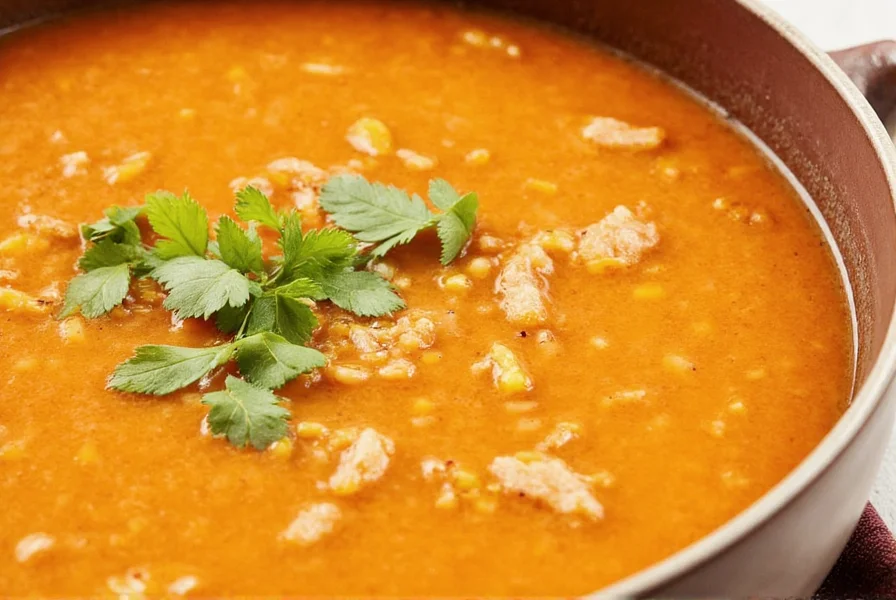
Buying Guide: What to Look For When Buying Spices
1. Whole vs. Ground Spices
Whole spices retain 3x more flavor than ground versions. Store in airtight containers away from light. Grind just before use with a mortar and pestle or spice grinder for maximum potency.
2. Freshness Check
- Ground spices: Replace every 6 months (check aroma – if weak, replace immediately)
- Whole spices: Last 2-4 years (crush a small amount – strong aroma means fresh)
| Brand | Key Features | Best For | Pro Tip |
|---|---|---|---|
| McCormick | Widely available, consistent quality | Everyday cooking | Check manufacturing date on bottom of container |
| Penzeys Spices | Small-batch, ultra-fresh | Gourmet cooking | Order online for freshest spices with expiration dates |
| The Spice House | Single-origin, traceable sourcing | Specialty dishes | Try their "Spice of the Month" club for new discoveries |
| La Flor | Premium Mexican spices | Authentic Mexican cuisine | Look for vibrant red color in chili powders |
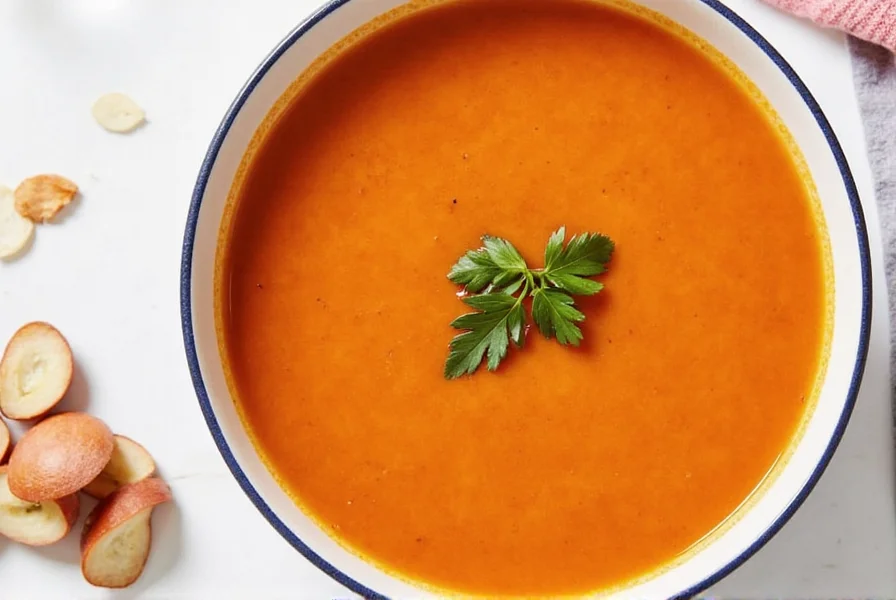
Frequently Asked Questions About Soup Add-ins
What are the most essential spices for soup?
The absolute essentials are salt, black pepper, garlic powder, onion powder, bay leaves, and either dried thyme or rosemary. These form the foundation of flavor for most soups across various cuisines. For quick flavor boosts, keep cumin, paprika, and turmeric on hand.
How much spice should I add to my soup?
Start with 1/4 teaspoon of dried spices per quart of soup. Taste after 5 minutes of simmering and adjust in 1/8 teaspoon increments. Remember: you can always add more, but you can't remove excess spice. For whole spices like cinnamon sticks, use 1-inch per quart and remove before serving.
When is the best time to add spices to soup?
Dried spices and whole spices benefit from being added early to allow their flavors to infuse throughout cooking. Fresh herbs and delicate ingredients like lemon juice should be added in the last 5-10 minutes of cooking to preserve their bright flavors. For maximum flavor, toast whole spices in oil before adding liquid.
What's the difference between using fresh vs. dried herbs in soup?
Dried herbs are more concentrated (use 1/3 the amount of dried vs. fresh) and work well for long-simmering soups. Fresh herbs provide brighter flavor but should be added at the end of cooking. Hardy herbs like rosemary and thyme dry well, while delicate herbs like basil and cilantro are best used fresh. For best results, crush dried herbs between your fingers before adding to release oils.
What unexpected ingredients can boost my soup's flavor?
Try adding a Parmesan rind to Italian soups, a strip of kombu for umami in vegetable broths, a splash of fish sauce for depth in non-Asian soups, or a teaspoon of miso paste stirred in at the end. Even a small amount of acid like lemon juice or vinegar can brighten flavors significantly. For creamy soups, a pinch of smoked paprika adds surprising depth.
My soup is too bland - how can I fix it?
First, make sure it's properly salted – this is often the issue. Then consider adding umami boosters like tomato paste, soy sauce, or Worcestershire sauce. Acid (lemon juice or vinegar) can also make existing flavors pop. For more complexity, try toasting some spices in oil and stirring them in. A pinch of sugar can balance acidity in tomato-based soups.
My soup is too spicy - what can I do?
Dairy like yogurt or coconut milk can help tame heat. Adding sweetness (a touch of honey or sugar) or acid (lemon juice) can also balance spiciness. For best results, dilute the soup with more broth or coconut milk. Remember that spice intensity often increases as soup sits, so adjust accordingly. For chili peppers, remove seeds before cooking to control heat level.
Can I use pre-made spice blends instead of individual spices?
Absolutely! Blends like Italian seasoning, herbes de Provence, garam masala, or curry powder can simplify the process. Just be mindful of salt content in commercial blends. For best results, add them early in the cooking process to allow flavors to meld. For more control, mix your own blends using fresh individual spices.
Conclusion
Mastering spices is the key to transforming simple soups into culinary masterpieces. With these expert tips on spice selection, timing, and storage, you'll create consistently flavorful soups that impress every time. Remember: start small, taste often, and keep your pantry stocked with versatile spices. With this guide, you're well on your way to becoming the neighborhood soup guru.
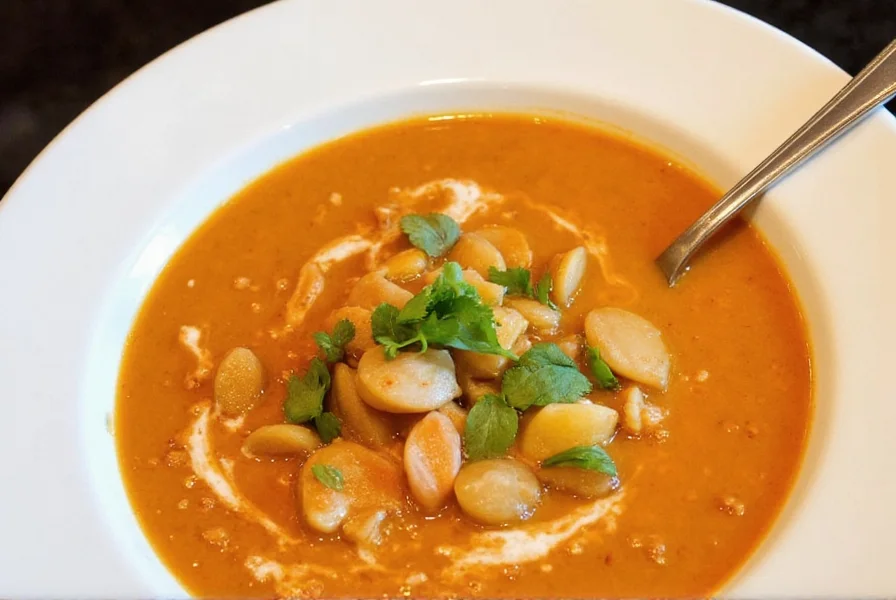

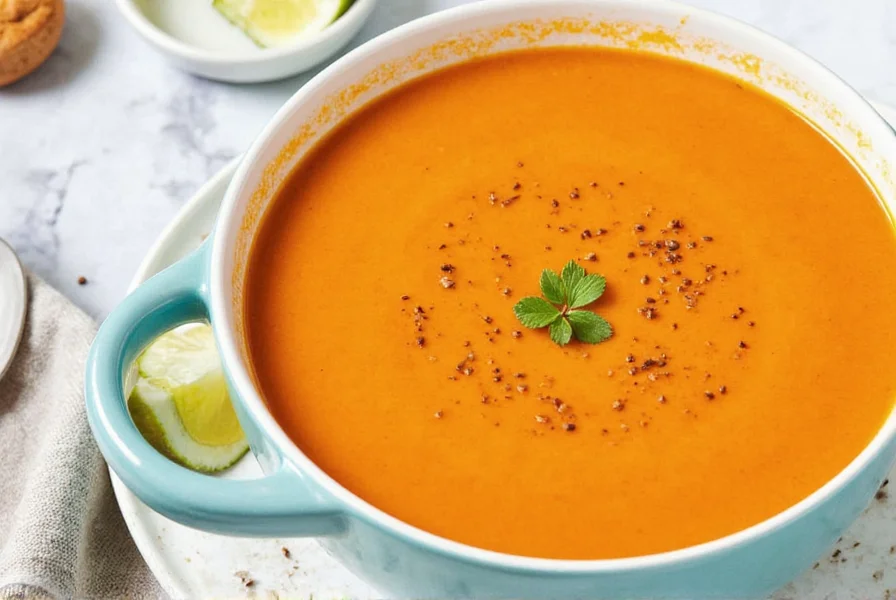









 浙公网安备
33010002000092号
浙公网安备
33010002000092号 浙B2-20120091-4
浙B2-20120091-4